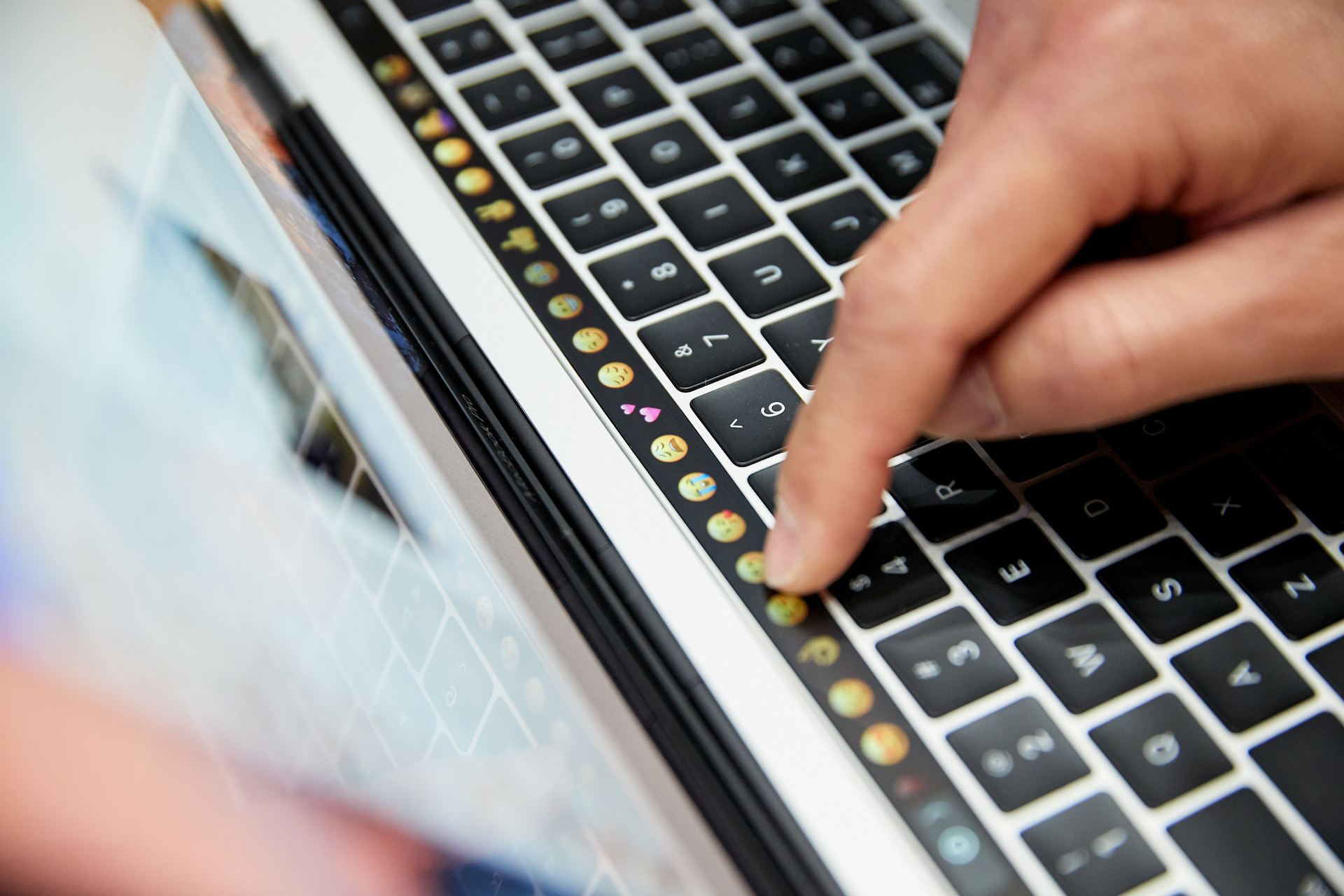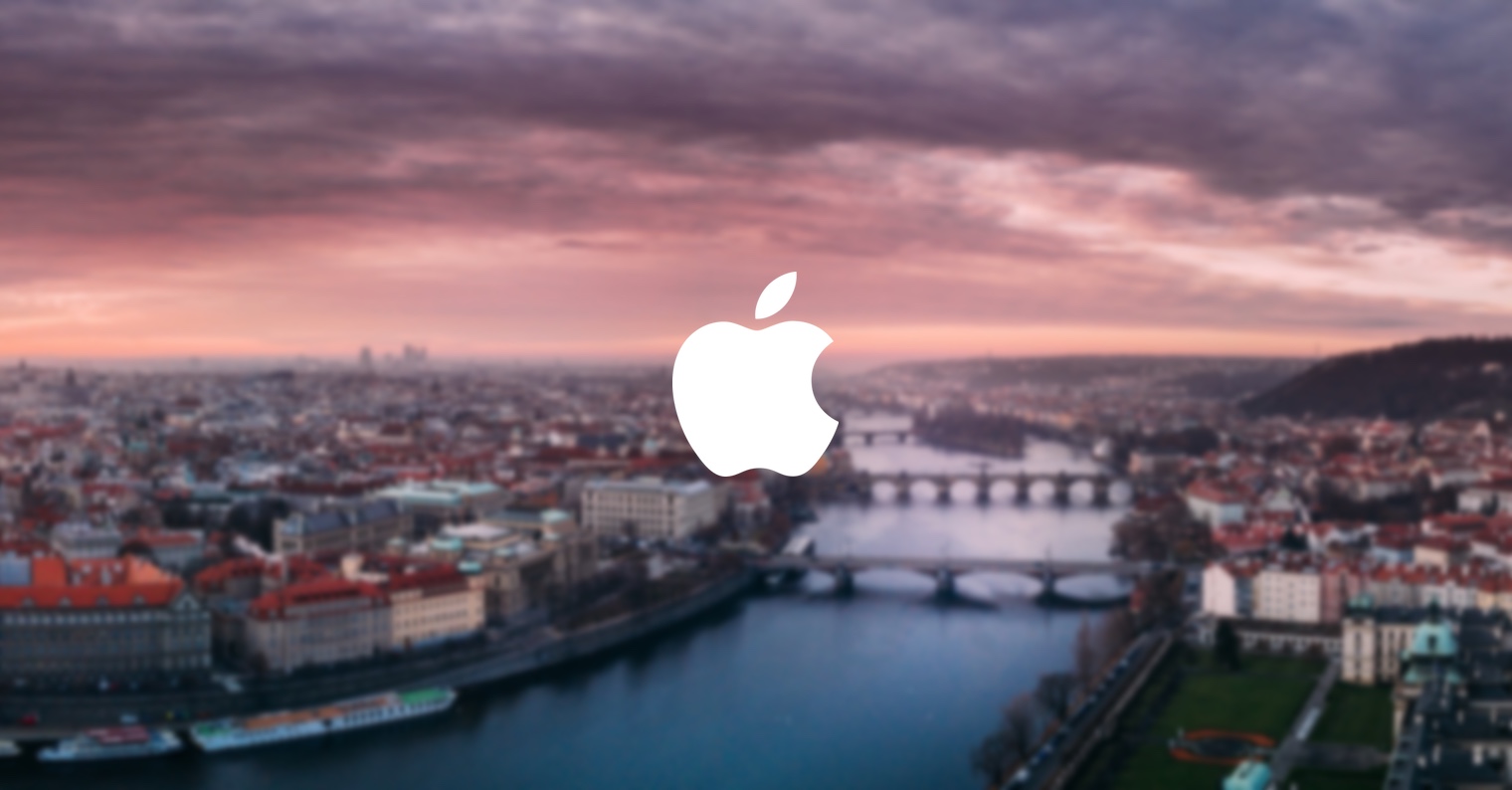In the past few days, you may have read that support for mice and trackpads is heading towards iOS. Thus, the tablet is starting to come closer to a computer than ever before. But what about looking in the opposite direction. Do touchscreen Macs make sense?
Editor of MacWorld Dan Moren wrote an interesting review, which refers to the opposite view of the matter. That is, not bringing the iPad closer to the computer, but rather bringing the Mac closer to the tablet. We add our own perspective to his thoughts.
Inconsistency can lead to a fall. But if we look at Apple today, there is a certain disunity between the two product lines and their operating systems. Cupertino is still trying to change the meaning of the word "computer", although it itself constantly produces computers in its pure form without unnecessary frills.
It seems that all the courage and innovation is directed towards iOS devices, with the iPad in particular taking a backseat to Mac computers lately. They remain conservative and if we leave out the Touch Bar, we haven't seen any real innovation for many years. And basically, even the Touch Bar proved to be more of a cry than a real innovation in the long run.

A natural touch
Even when I was the happy owner of a MacBook Pro 15" 2015, I still perceived it as a real computer. Full port equipment, decent screen and a little more weight created the impression of a robust device. After recklessly switching to the MacBook 12", and later the MacBook Pro 13" with Touch Bar, I often wondered how close these devices are to the iPad.
Today, the smallest 12-inch MacBook is basically an ultraportable laptop that offers a true "computing experience", but is also a workhorse. It does not have much power and today it is easily surpassed by new iPads and iPhones. There is only one port and a headphone jack. And the battery life doesn't dazzle too much.
It was with this model that I broke the screen several times for the first time. And then the thirteenth with Touch Bar. After all, the world is constantly moving towards touch control, and especially these smaller devices somehow call directly to touch the screen. Of course, the iPad and iPhone are also to blame for this, as they interfere more and more often in our lives.
It could be interest you

But we don't have to look for the culprits only among Apple products. Look around you. ATMs, TV remote controls, car dashboards, refrigerators, information kiosks, entrance screens at buildings and much more are all touch-enabled. And it's all screens. Touch becomes a completely natural part.
Apple itself is largely responsible for this trend. Let's remember the first iPhone. Then the iPad and today, for example, the HomePod or the Apple TV Remote control - everything is controlled by touching the screen / pad.
Quite logically, we then think of when the time will come and Cupertino will change its attitude towards computers after mature consideration. When will he do something completely "heretical" that never "made sense". And it will launch the touchscreen Mac with great fanfare.
Wait a little longer before you write your arguments in the comments. Let's take another look at the direction of both Apple operating systems.

The first Mac with a touch screen
In the beginning, iOS was relatively simple and was partially based on Mac OS X. It gradually evolved and gained features, and sometime around the time of OS X Lion, Apple first announced that some features would instead be added to the Mac. And the "back to Mac" direction continues more or less to this day.
Today's macOS is getting closer and closer to mobile iOS. It takes over more and more elements and gradually, little by little, the two systems converge. Yes, Apple regularly states that it does not intend to merge the systems. On the other hand, he is constantly trying to bring them closer together.
The last big step so far is the Marzipan project. We already have the first applications in macOS Mojave, and more will arrive in the fall from third-party developers, as macOS 10.15 will allow all iOS developers to port their applications to macOS via Marzipan. The Mac App Store is thus flooded with more or less quality ports of hundreds if not thousands of applications ported in this way. And they will all have a common denominator.
All of them will come from the iOS touch operating system. Thus, another and often inclining barrier falls, and that is that macOS and its software is not adapted to touch. But thanks to the Marzipan project, there will be one less obstacle. Then it depends on Apple what further steps it plans to bring the two systems closer together.
If we dream for a moment, the 12-inch MacBook may be a completely new pioneer. Apple will equip it with its first ARM processor in the update. It will rewrite macOS for it, and rewriting applications will only be a matter of time. And then they fit it with a touch screen. A revolution will come that no one expected, but at Apple they may have planned it for a long time.
And maybe not.
It could be interest you

That Touch bar was complete bullshit. A child's toy. There have been quality touch screens and Apple will do this?
The Touch Bar is a mess. Maybe if it had some sort of haptic feedback… But it's still extremely unergonomic. Personally, if there was a terminal, a compiler (gcn, fc) and a code editor on the iPad Pro that would then run there - in other words, a normal OS, then I'm excited and will only use an iPad with a smart keyboard. But since the beginning of iPads, Apple has been fighting tooth and nail for more than 6 years...
Considering the iPhone, I've been thinking about a MAC for a while. But I don't want any laptop without a touch screen and convertible keyboard. This form factor is so practical that I'll survive even the Windows ones. Everyone should of course buy what they want, but I recommend trying this solution (DELL, HP). Those who haven't tried don't know what they're missing.